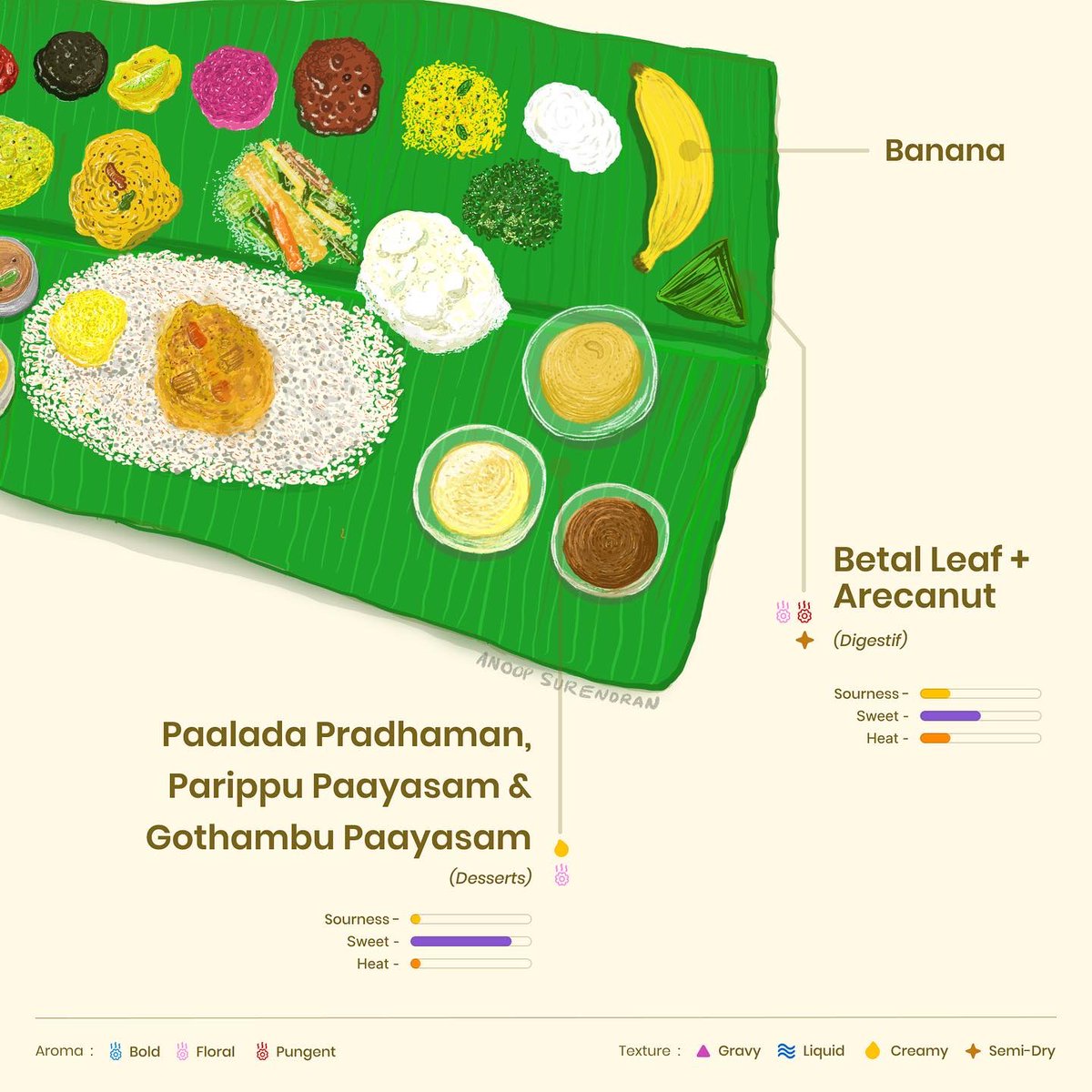
The #TSATU rabbit hole has always been one of the less appreciated things about @amitvarma's podcast. The links he shares in each episode's show notes are an incredibly rich source of pointers to build a nuanced and wide understanding of the subjects being discussed.
That said, any listener of the podcast will also know that Amit tends to reference a few ideas more regularly than others. So I thought I might do a quick and dirty analysis of all links shared in every episode's show notes
So, I crawled every one of the 297 episodes' individual pages and grabbed all outgoing links in the show notes. There are 7591 links (4727 unique links). The episodes with the most number of links are 

Which of his own episodes does @amitvarma refer to most often?
1. seenunseen.in/episodes/2019/… (28)
2. seenunseen.in/episodes/2020/… (20)
3. seenunseen.in/episodes/2021/… (17)
4. seenunseen.in/episodes/2020/… (17)
5. seenunseen.in/episodes/2020/… (17)
1. seenunseen.in/episodes/2019/… (28)
2. seenunseen.in/episodes/2020/… (20)
3. seenunseen.in/episodes/2021/… (17)
4. seenunseen.in/episodes/2020/… (17)
5. seenunseen.in/episodes/2020/… (17)
Which books has he recommended most frequently across episodes?
1. amazon.in/Service-Republ…
2. amazon.in/Private-Truths…
3. amazon.in/Wanderers-King…
4. amazon.in/Inequality-Har…
5. amazon.in/Gita-Press-Mak…
1. amazon.in/Service-Republ…
2. amazon.in/Private-Truths…
3. amazon.in/Wanderers-King…
4. amazon.in/Inequality-Har…
5. amazon.in/Gita-Press-Mak…
Other than his own twitter handle and @SneakyArt, the twitter handles he has linked to most frequently - @zeynep @EricTopol @MenonBioPhysics and @srajagopalan
YouTube videos he has linked to most regularly
1.
2.
3.
4.
5.
1.
2.
3.
4.
5.
So far, he has linked to 1765 books, 131 Twitter handles, and 496 YouTube videos.
here is a CSV file with the episode name and a list of links for each episode. I am sure folks with sharper data skills can do more interesting things with it drive.google.com/file/d/18tZJNS…
And I'm sure some of you can do a lot more NLP with the text in the show notes as well. Here's my quick and dirty source code. gist.github.com/krishashok/249…
And those of you with access to some phat GPUs, it might be interesting to use OpenAI's Whisper to do even more interesting analytics directly on the audio files! github.com/openai/whisper
• • •
Missing some Tweet in this thread? You can try to
force a refresh




















